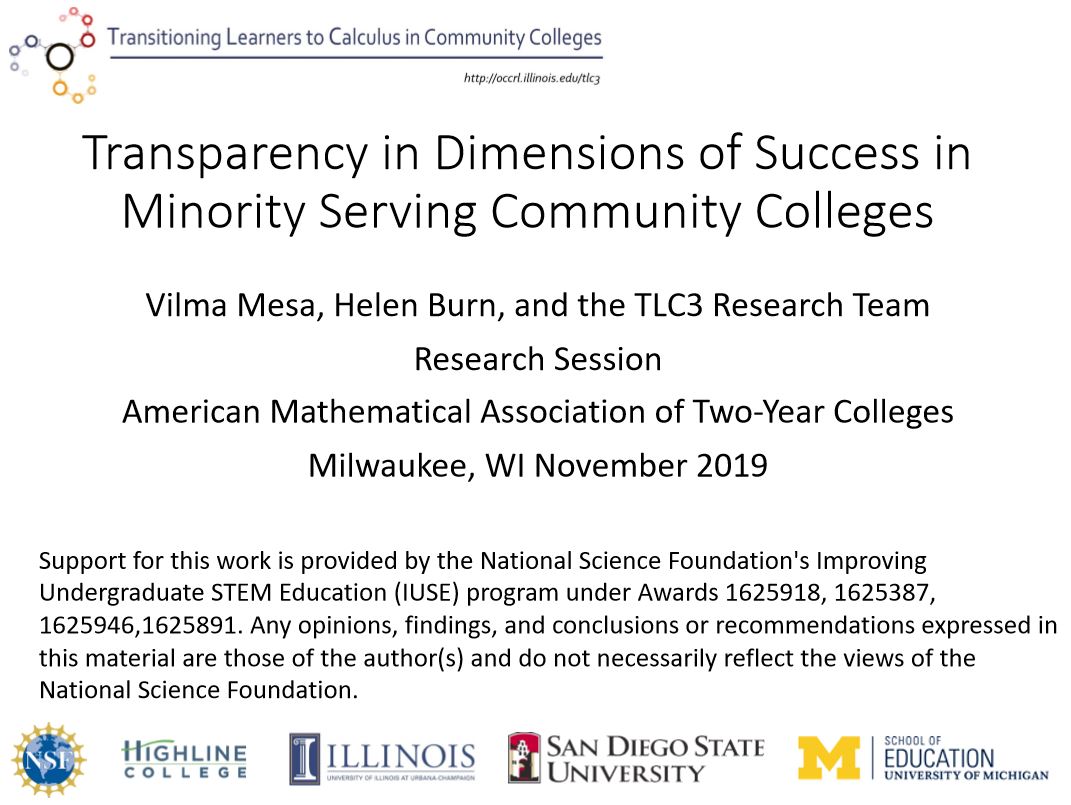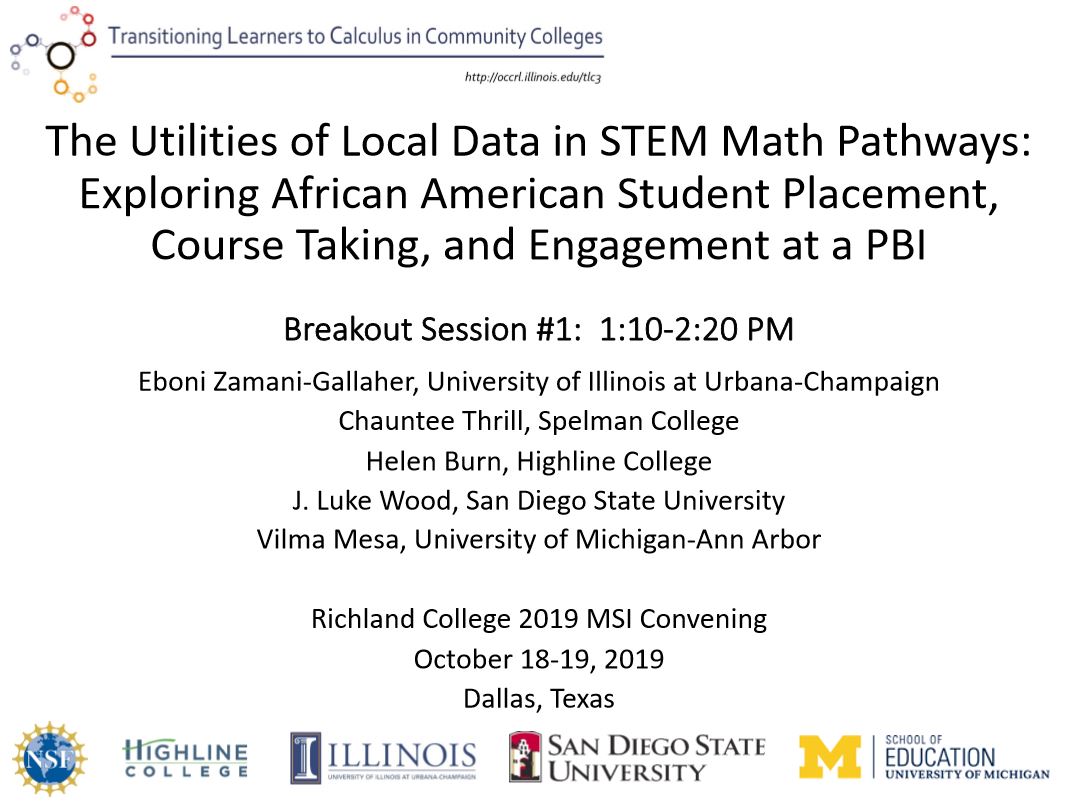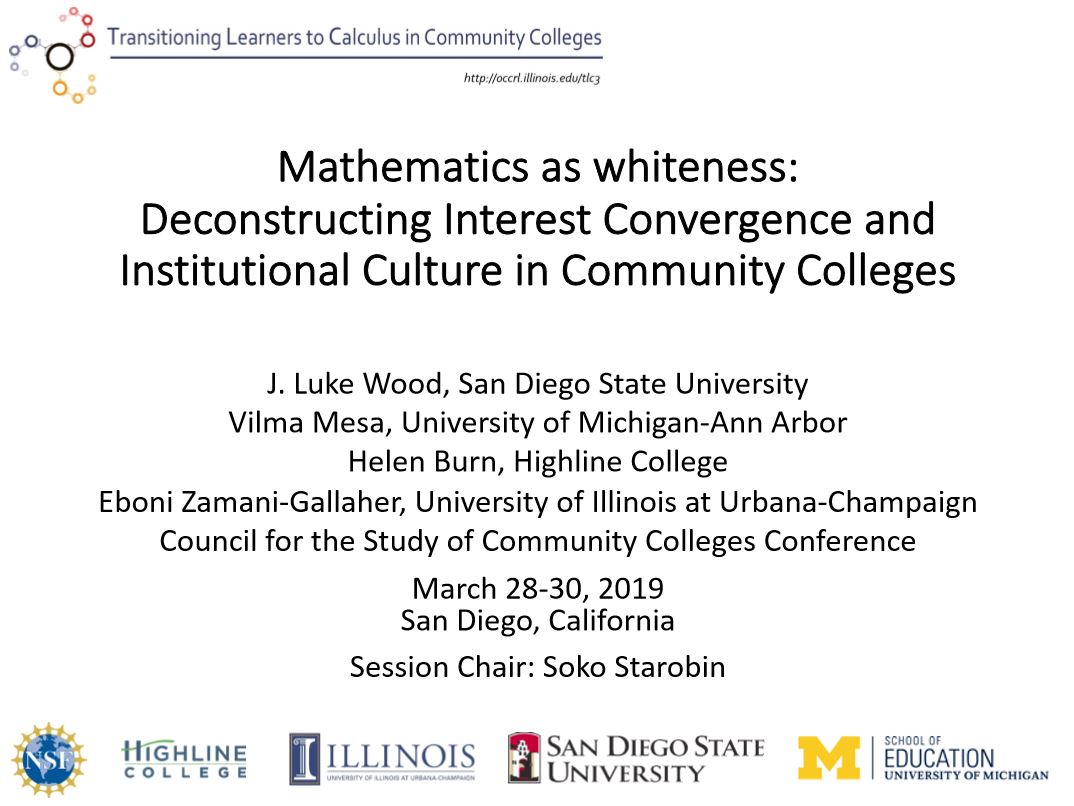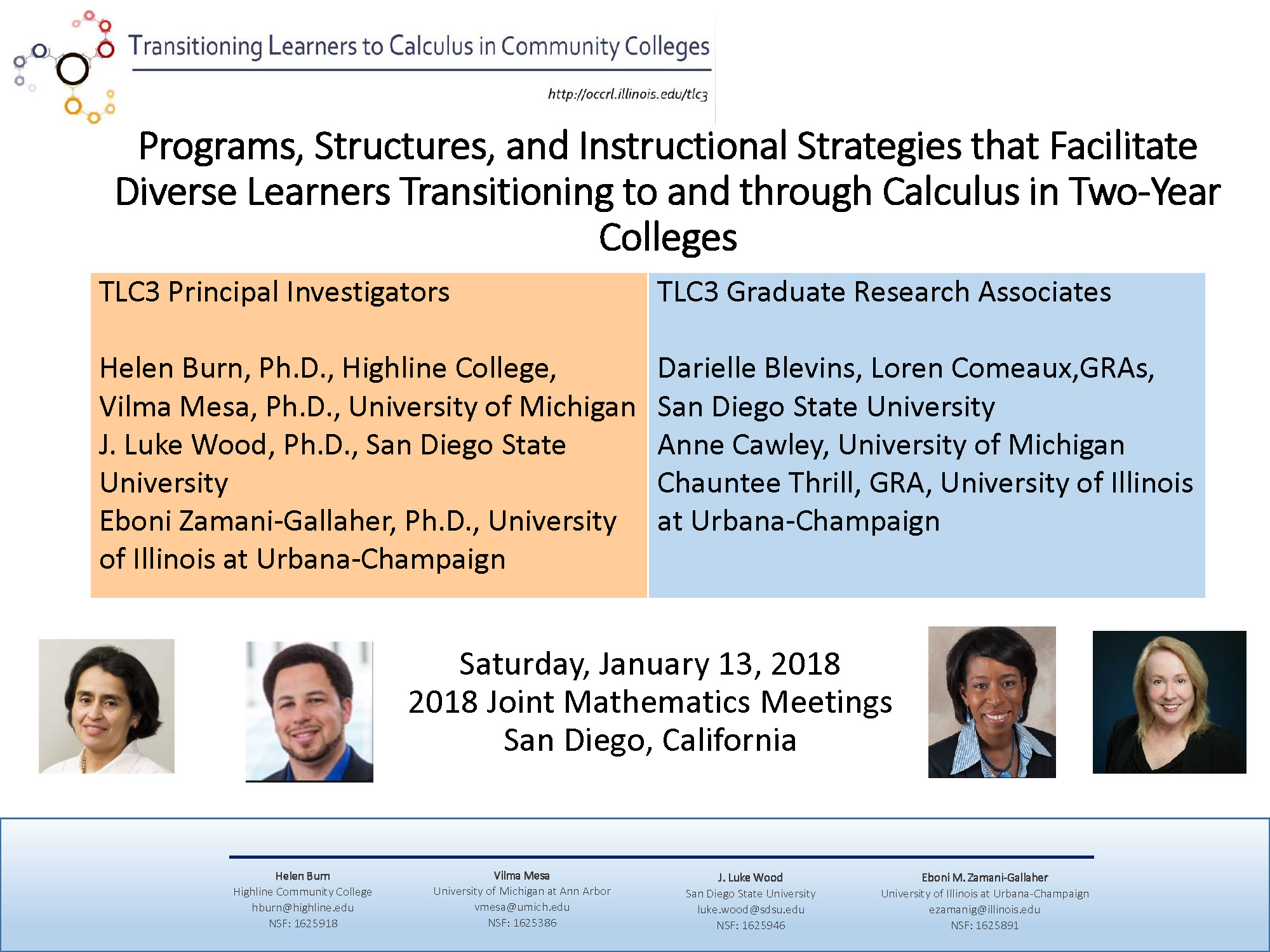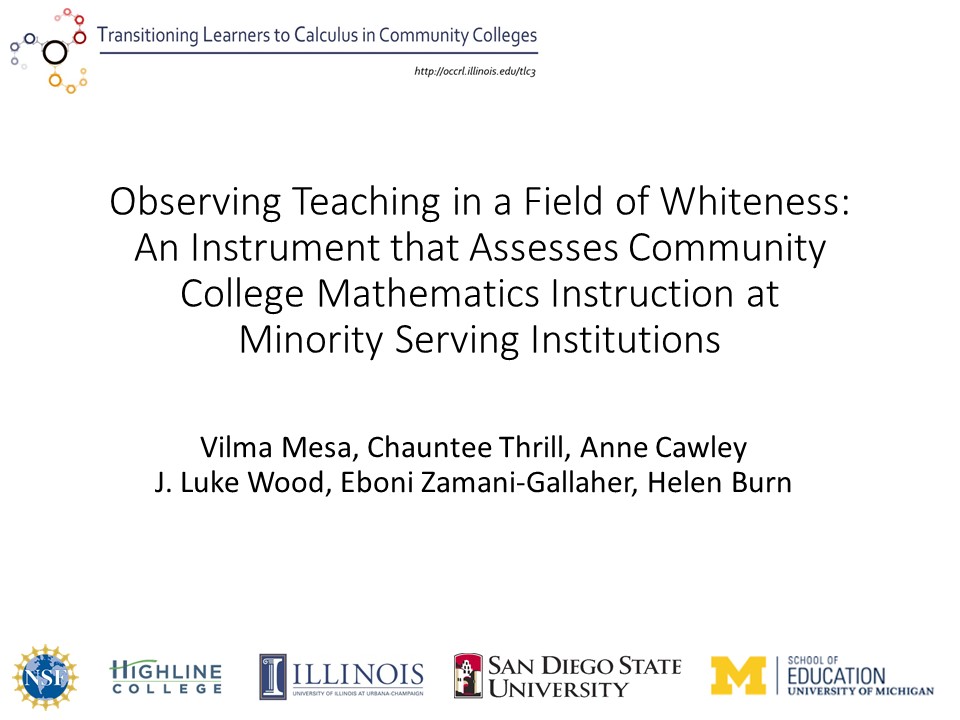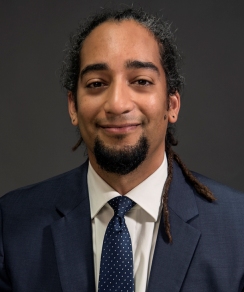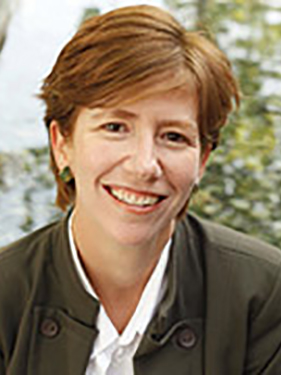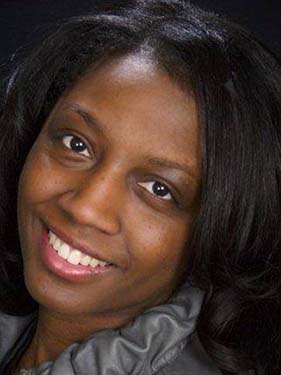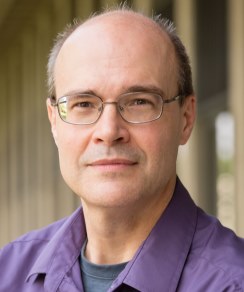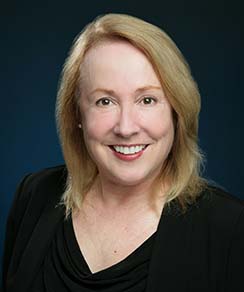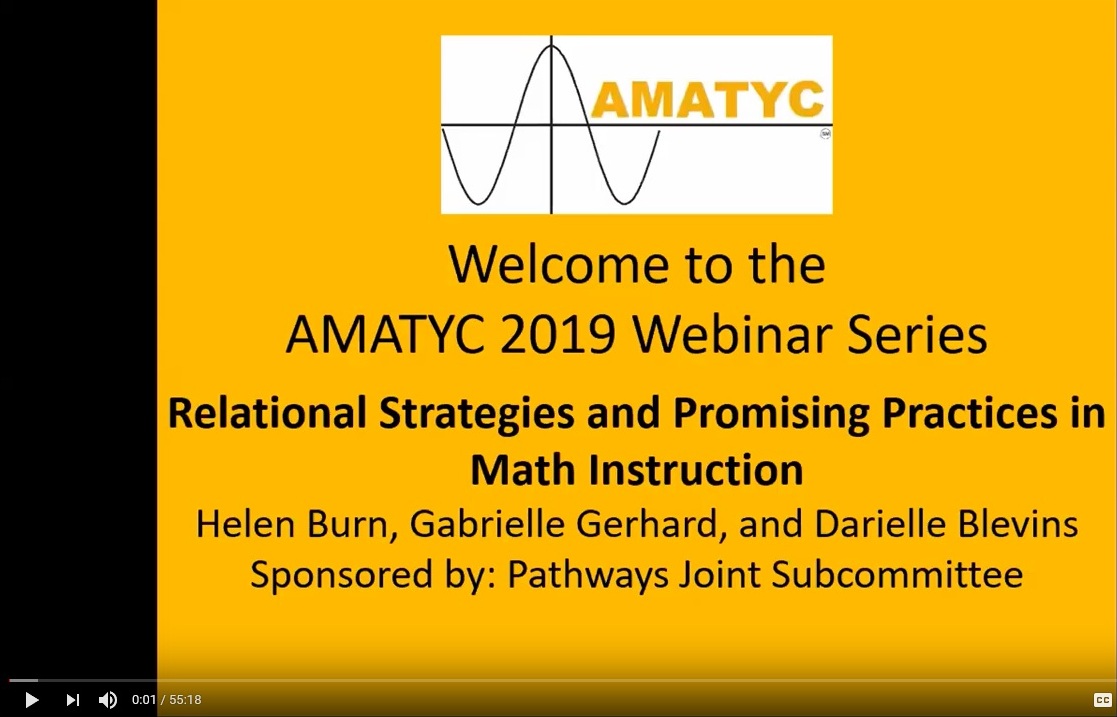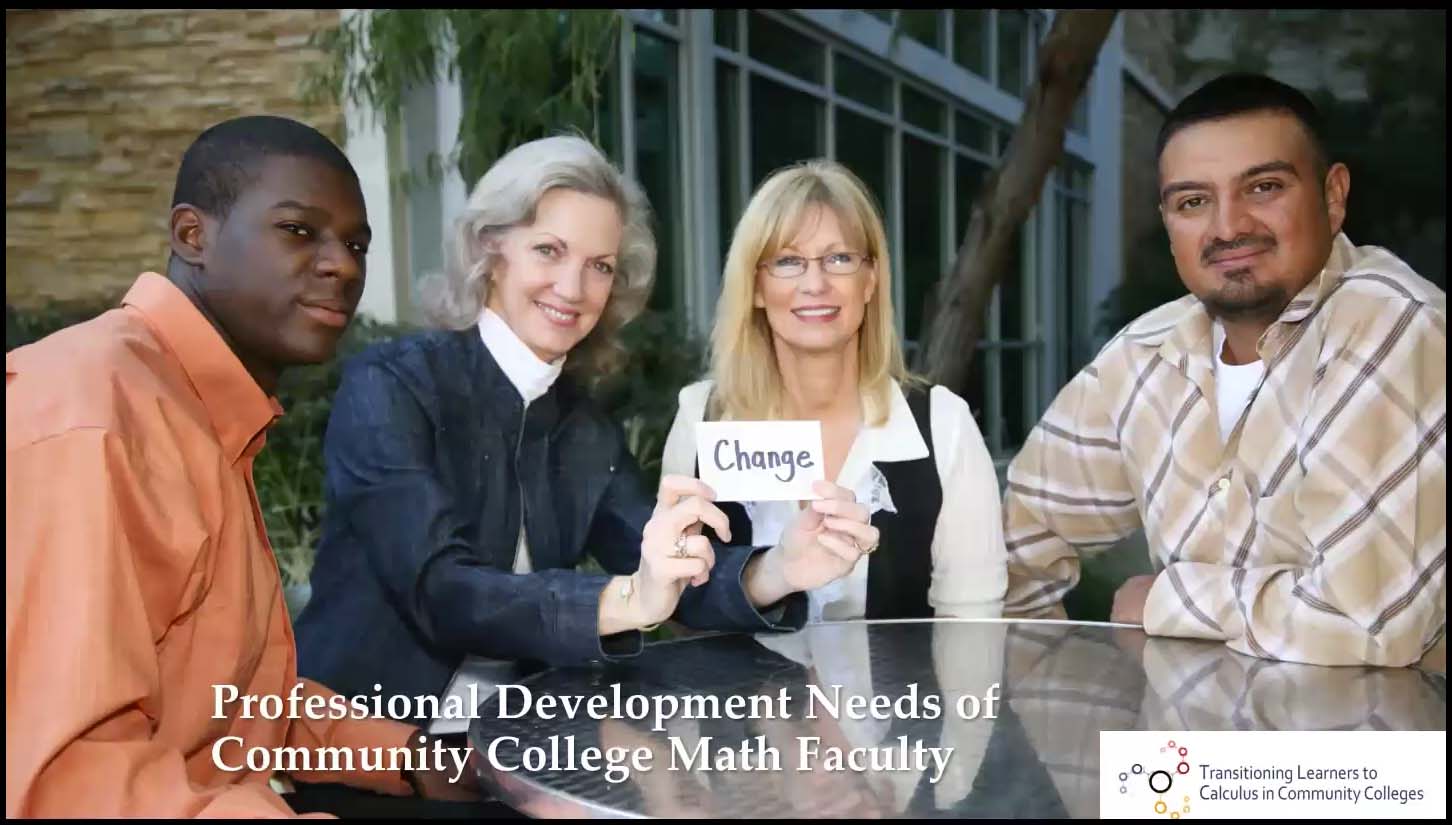Toward the end of July, Dr. Shandy Hauk, an associate professor of mathematics at San Francisco State University, presented her team’s recent project in the final webinar of OCCRL’s Pathways Collaborative series, “Carnegie Mathematics Pathways Video Cases: Making the Path by Walking It.”
The project centered around three cases developed by Hauk and her colleagues at Carnegie Math Pathways (housed at WestEd), which serve as instructional tools for instructors and administrators. The goal was to enable challenging conversations about equity.
After outlining the objectives of the project, Hauk emphasized the importance of having these difficult conversations that encourage participants to think critically about equitable policies and practices.
“One of the challenges about equity is that it’s a lot easier to identify inequity than it is to identify equity,” she said.
The video case activities contained a preview prompt for participants to think about real-life video clips of college classrooms across the country, followed by discussion questions, a reflection activity, and extension exercises.
Along with fostering what can be sometimes uncomfortable discussions, the cases also strove to decenter instructors and administrators. Hauk explained this as these individuals identifying when they are being egocentric and purposefully moving to “ego and ethno-relativism.” The cases allowed participants to practice the acknowledgement of inequitable practices, notice their actions, and take accountability for those actions as well as their outcomes.
Hauk and her team utilized two tools as a guide to facilitate discussions about the cases. The first tool entailed four agreements for participants to remember while having these conversations: stay engaged, expect to experience discomfort, speak your truth, and expect and accept a lack of closure.
While the discussions did not explicitly fix the problems at hand, they created awareness and agency among the participants.
“We are not going to right all wrongs in one 1-hour meeting, and so, the goal is let’s open up the door to see what’s going on,” Hauk said.
The second tool was a self-awareness tool developed during the project. Hauk’s team created a Venn diagram with three categories: safe, comfortable, and brave. Throughout the discussion, participants were able to put a dot on which feeling they felt most. Although this was as simple as a dot on paper or on the screen, it enabled participants to reveal their truths to others, according to Hauk.
She then began describing the specific cases. The first, “First Impressions Last,” encouraged participants to notice and build awareness of instructional intentions and student perceptions on the first day of class.
This video case activity focused on two questions from the students’ perspectives: 1) How will my/our thinking of students be included in classroom activity? And 2) How will instruction respond to my/our ideas and help people think more deeply?
Hauk and her team used an “alternate-lens” technique for this case activity. She explained this as decentering administrators and faculty by using the students’ viewpoints.
Similarly, the second case titled “Whose Math Is It?” took the student point of view but was centered on participation. Hauk identified the important questions for this case, which revolved around how students could participate in math learning in meaningful ways, how they could stay engaged, and how they could hide or be ignored in class.
For this video case activity, Hauk’s team used deconstruction. For example, some of the video clips they showed to participants were revealed first in audio format only, then in visual format with no audio, and then in both audio and video format. This allowed attendees to acknowledge and understand the different perspectives of learning situations in the classroom.
In a different fashion compared to the first two case studies, the final one, “Making the Grade,” focused on the instructor-learner perspectives. The goals were to build awareness of inequities regarding assessment, grades, and grading.
Hauk explained this was a difficult conversation to have for many participants, since many people possess strong practices and habits they haven’t thought about changing. Therefore, the technique they assumed for this case was “make strange.” She and her team identified commonalities and assumptions among the participants and questioned why they were beneficial.
“People often haven’t recently thought about why it might be a good thing and, maybe, begin to question its relevance or value,” Hauk said.
For this case, she showed approximately 10 minutes of the video clips from the discussions. It was interesting to see how the video case activity was used and how it really encouraged open discussion.
It was interesting to see how the video case activity was used and how it really encouraged open discussion.
The preview question for the instructors in this case was to consider if two students receive the same grade in their class, what is the same about them? Hauk said instructors often find this question difficult to answer, and her team actually found more success by offering this activity in an online format because of it.
This portion of the webinar was followed by video clips of a weekly seminar of teachers and their assistants, an activity that showed the correlation between in-classroom efforts and grades. During the subsequent discussion, attendees offered wide-ranging perspectives on the topic.
As part of the case, Hauk then asked participants to answer discussion questions about the video clips that would incite critical thinking about the topics. After a reflection activity, she included a monitor progress exercise, offering ways for instructors to continue to think intentionally about their practices and stay accountable by doing things such as polling students to understand their perspectives.
Although the three cases Hauk discussed have different goals, research has shown that video case activities increase the practice of noticing, meta-cognitive rehearsal, and self-agency.
Watch the webinar
Read Provencher’s other blogs covering the Pathways Collaborative webinar series:
“OCCRL Webinar Analyzes Three Community Colleges’ Approaches to Equity"
“Webinar Shares Tools for Reducing Inequitable Student Outcomes”


